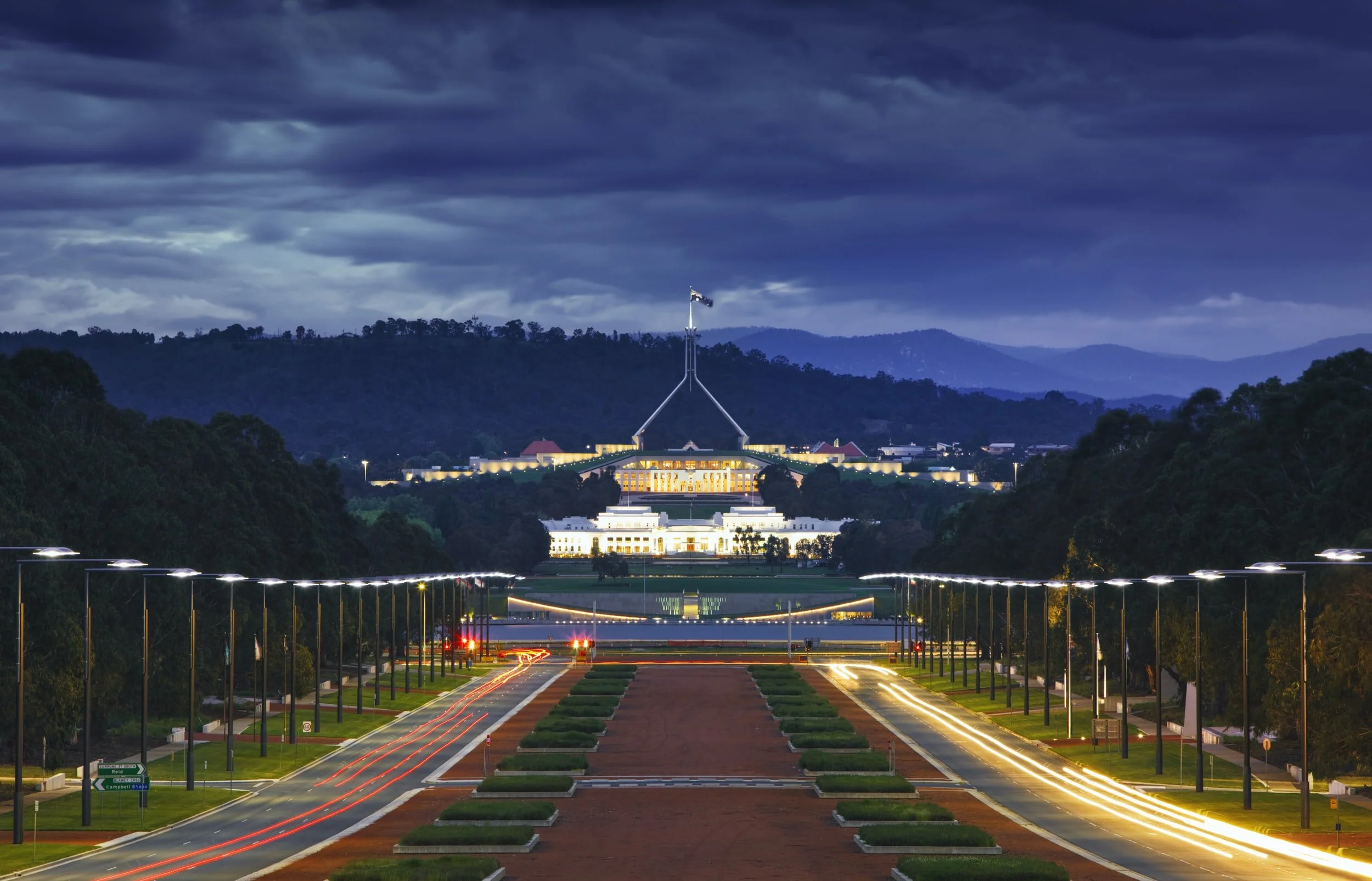Many women who experience family violence, many reach out to a healthcare professional. In today’s analysis, Dr Joyce Chia (@JoyceKWChia), Policy & Advocacy Lead at Health Justice Australia (@HealthJusticeAu), asks how we can better equip the health system to respond to violence against women and children. Health Justice Australia is a national not-for-profit centre of excellence that supports the expansion and effectiveness of health justice partnerships.
Read MoreThe lack of public acknowledgement of sexual violence against women and children during the first month of UK lockdown could have long-term implications not only for individuals but for the services put in place to support them, a group of UK experts have argued in an article published by the Journal of Gender-Based Violence.
Read MoreThe Women’s Safety Summit has sparked multiple conversations about best practice and effective policy for the next National Plan to End Violence Against Women and their Children. In today’s analysis, Emma O’Neill of Good Shepherd Australia New Zealand (@GoodAdvocacy) makes the argument that wider policy decisions during the term of the first National Plan reduced women’s economic security and ran counter to women’s safety, and that these need to be reversed under the next National Plan.
Read MoreThe Women’s Safety Summit was noticeably silent on the social safety net. As an area over which the Federal Government has complete control, it represents an accessible lever for policy change. In today’s analysis, the paper that was tabled jointly by the National Council for Single Mothers and their Children (NCSMC) and ACOSS (@ACOSS) is presented, detailing eleven ways that social security works to harm women. Terese Edwards (@Terese_NCSMC) of NCSMC provides a preface.
Read MoreEarlier this year, Australians were shocked to hear Brittany Higgins’ story – not only of her alleged sexual assault in Parliament House, but also the lack of a process to report and address her allegations. More recently, Annabel Crabb’s series Ms Represented showcased the historic and continuing barriers to inclusion and respect that women face in Australian politics. In today’s analysis, Josefina Erikson (@Josefinaerikson) of Uppsala University (@UU_PoliSci), shares a summary of her recently-published paper, co-authored with Cecilia Josefsson (@CeciliaJsfssn). It provides a framework encompassing five dimensions, explaining how parliaments fail to operate as gender-sensitive workplaces despite increasing numbers of women working there.
Read MoreOne of the headline figures in Tuesday’s federal budget was a A$1.1 billion dollar investment in women’s safety. This came as part of a special women’s budget statement, which pitched the budget as helping provide women with “respect, dignity, choice, equality of opportunity and justice”. It also comes amid a national crisis in domestic violence. On average, one woman is killed every week in Australia by a male current or former partner. So does the budget deliver on its promise to prioritise women’s safety and equality at home and at work? Does it do enough?
Read More







